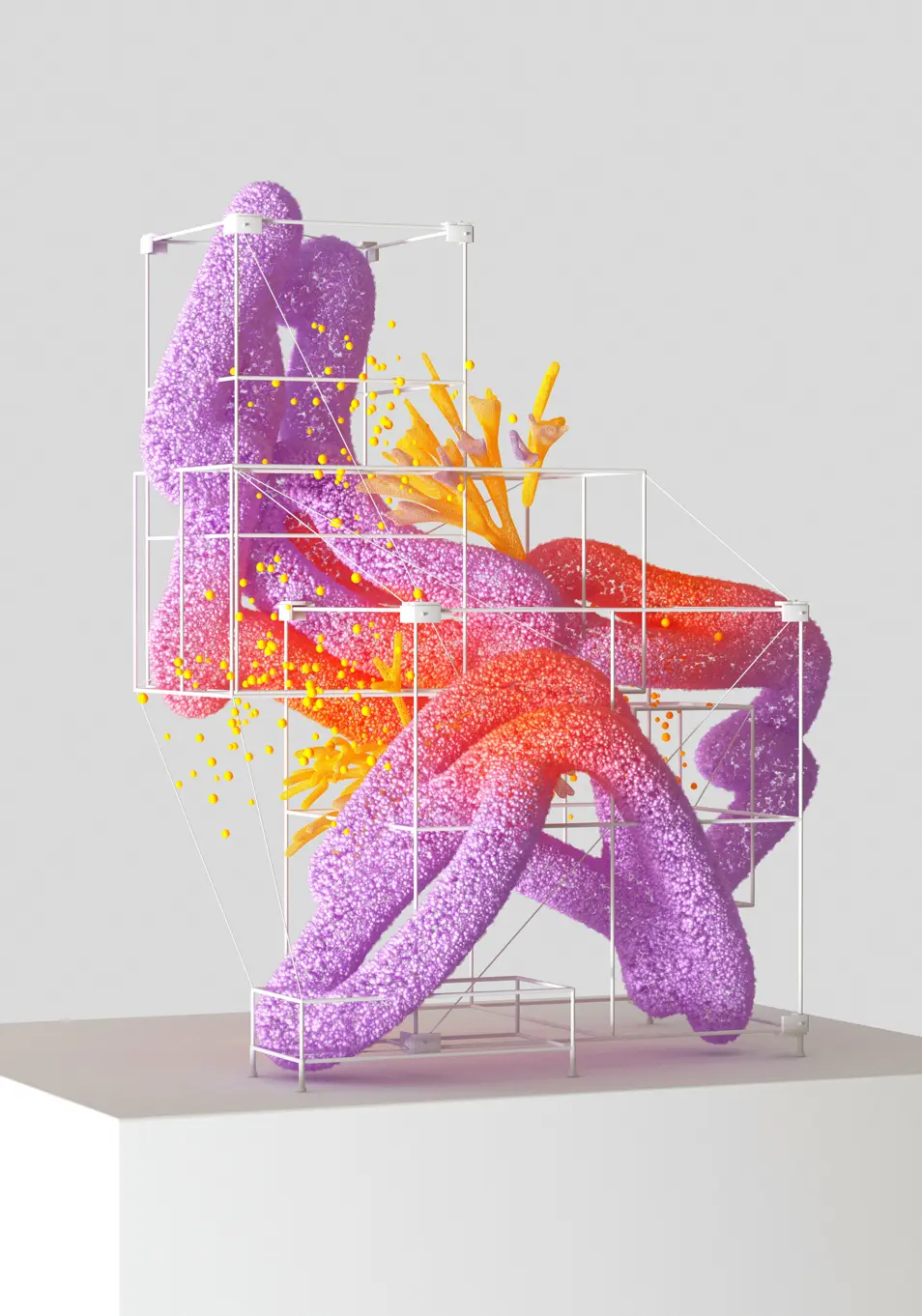Designing the Future
As a senior product designer, I’ve spent countless hours crafting user experiences that balance functionality with delight. As we move into 2025, it’s exciting to see how design continues to evolve, integrating technology and human-centered creativity in ways that reshape how we interact with digital products. Recently, I came across Rodolphe Balay’s insightful article on UI/UX design trends for 2025, and it resonated deeply with the challenges and opportunities we face as designers today.
Let’s dive into these trends with a fresh lens, exploring how they might redefine our work and inspire us to push the boundaries of design.
Minimalism with a Twist
Minimalism is no stranger to our design playbook, but 2025 reimagines it with a touch of personality. Forget cold, sterile interfaces. Instead, we’re seeing clean designs infused with unexpected pops of color, asymmetry, and playful micro-interactions.
Think of Spotify’s elegant yet bold interface—uncluttered, but alive with expressive typography and subtle animations that guide users intuitively. It’s no longer just about “less is more.” It’s about creating experiences that are both simple and full of character.
As designers, this trend challenges us to keep things functional yet never boring. Every button, every line, every transition should feel purposeful and human.
Morphism: Bringing Depth to Digital
Morphism has become the darling of digital aesthetics, evolving into a family of styles that includes Glassmorphism, Skeuomorphism, and Claymorphism. These approaches breathe life into our interfaces, making them feel tangible, textured, and deeply immersive.
Glassmorphism’s frosted-glass effects, for example, create depth and elegance, while Claymorphism introduces soft, 3D-like visuals that almost beg to be touched. Skeuomorphism, once criticized for being too literal, is making a tasteful comeback, blending realism with modernity.
For industries like fintech or gaming, where standing out is critical, these trends can transform mundane interfaces into unforgettable experiences.
Design isn't just seen; it's felt. In 2025, it's about creating experiences that resonate beyond trends
Gamification: Play Meets Purpose
Gamification has been a buzzword for years, but it’s maturing into a core design philosophy in 2025. It’s not just about rewards and badges anymore—it’s about weaving storytelling, interactivity, and challenges into the user journey.
Take Duolingo or Habitica, for example. These platforms turn learning and habit-building into games you actually want to play. Imagine applying this to your own product—how can we make every click and interaction feel like progress toward a goal?
For me, gamification is a reminder that design isn’t just about solving problems; it’s about sparking joy and motivation.
Cursor as a Character
Cursors are finally stepping out of the shadows. In 2025, they’re becoming dynamic design elements that elevate the user experience. From custom animations to AI-powered cursors that anticipate user actions, this trend is all about making interactions feel intuitive and alive.
Picture a cursor that ripples when it hovers over a button or transforms into a loading icon when something’s processing. It’s small details like these that can make a product feel thoughtful and polished.
Bento Box Layouts: Organized and Personal
Inspired by the Japanese tradition of bento boxes, this trend transforms digital layouts into visually distinct compartments. It’s not just about neatness—it’s about giving users control.
Imagine an analytics dashboard where each section is a “box” users can move, resize, or customize based on what’s most important to them. This approach isn’t just aesthetic; it’s empowering.
For designers, it’s an opportunity to create layouts that feel both modular and deeply personal.
2025: The Year of Bold, Human-Centered Design
What excites me most about these trends is how they reflect a balance between creativity and practicality. As designers, we’re no longer just building products; we’re crafting experiences that connect, inspire, and empower.
So, as you think about your next project, ask yourself: How can these trends help you push the boundaries of what’s possible? How can you design not just for functionality, but for delight?
2025 isn’t just another year for design—it’s a playground for those bold enough to innovate. Let’s make it count.



What do you think?
It’s a modern look and suits up-and-coming brands that offer a unique product or service.